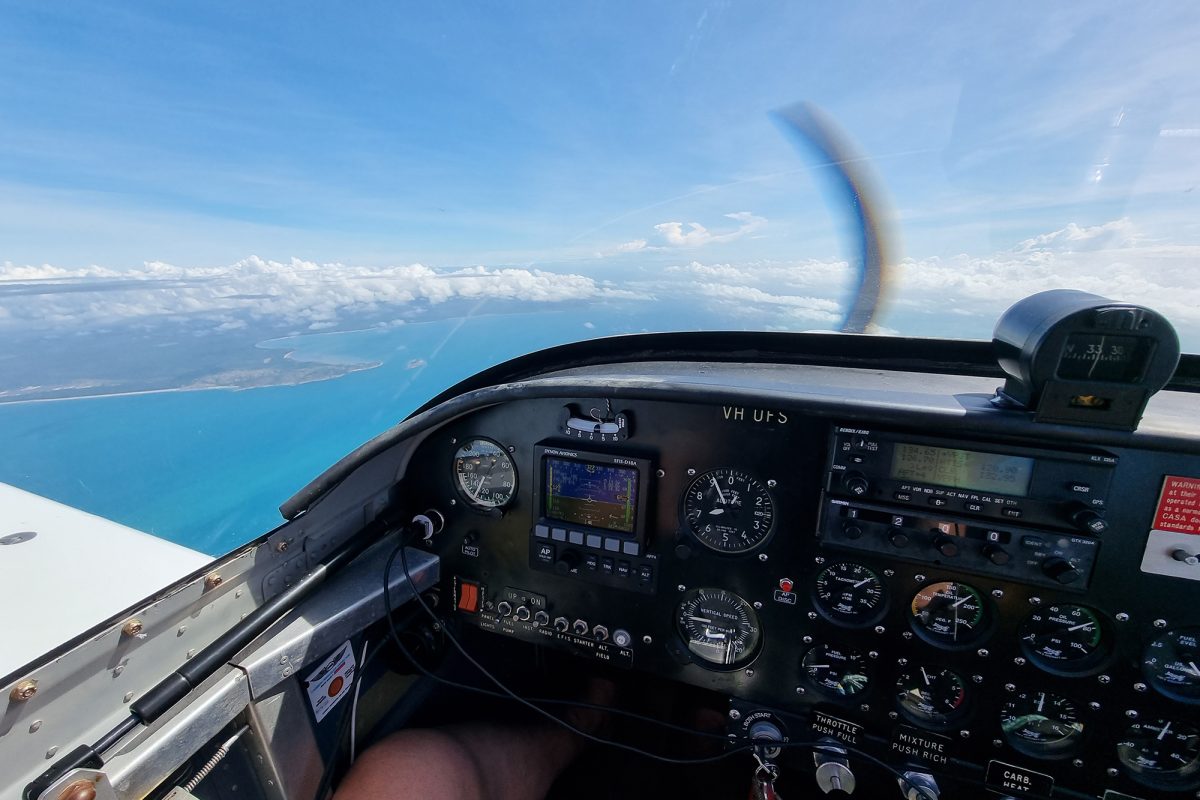How many people does it take to change a light bulb? In Victoria at least, the answer is one registered electrician. Or face a $10 fine. Likewise, in Queensland, you will be in trouble if your bikini fabric doesn’t exceed 6 square inches. Also, in that state your taxi has to be able to fit a bale of hay in the boot. And did you know it’s also illegal to touch an electric wire causing death? These and many other silly laws are still on the books. Meantime, we can’t seem to get laws we need on to the books. Why is that?
First of all, because by the time we think we need a new law or rule, it will already be well past the time we needed it. So, we’re behind from the start. But mostly it’s because the work required to enact a law (or remove a stupid law) is substantial. It will often require years of work. Even then, we can see that some silly laws get passed. Or maybe they just seem silly out of the context they were enacted in. Actually, scratch that. Fining someone for electrocuting themselves will never make any sense. Laws need to change because society and our circumstance change.
The problem is that the need to change a law can come a long way before it gets changed. Process and due diligence alone make up a large part of that. Changing the laws and rules takes time. So why am I babbling on about laws? It’s because like a lot of people, I’m very keen for the new rules and regulations regarding MTOW of RAAus registered aircraft lifting to (proposed) 760kg. I’m also very keen to see RAAus pilots allowed better access to controlled airspace and airports – with, I add, the caveat that they are trained and endorsed to do so. And like everyone else, I’d like it to happen sooner or later. But I understand why it takes as long as it does.
If you’re ever unlucky enough to have to attend risk management and safety training – there’s 3 days of my life I’m never getting back – one of the things you are taught is to assess risks by likelihood and impact. When it comes to impact, anything involving aircraft has the potential to be lethal. Not just to the pilot, but to passengers and other people. And likelihood? Despite everyone’s best endeavours, aviation accidents happen. So, it shouldn’t be surprising that any lawmaker is going to thoroughly vet every aspect of a change like this before they approve a change.
It doesn’t help when we aren’t in agreement as a community. I’ve heard people in the RA industry say that the increased weight is a bad thing. That it will only result in a bunch of old aircraft transferring to the register. In the short term that may be true. I myself have a Vans RV6 that I am keen to move to RA, so I might be biased and impatient. It’s got just over 500 hours on it. So, I wouldn’t describe it as ‘old’. In the longer term, those 150kg’s are going to enable us to build stronger, safer aircraft. It would mean existing aircraft like the Jabiru 230 in this issue can have a very meaningful useful load. And that has to be a good thing. I’ve also heard people saying we should be shooting for 1500kgs in the first go. While I admire their fervour, the reality is that was probably just a whole lot more risk than anyone in authority is going to accept in one step. Politics is the art of the possible and we all need to sing with one voice if we’re going to get these things through.
Having spent time on expert panels, consultancy groups and various boards, I know that to those outside the room the wheels can seem take a long time to turn, but inside the organisations it’s usually flat out getting it done. The important thing with changes like these is that they are done right. On that basis I can be a little patient and wait.








